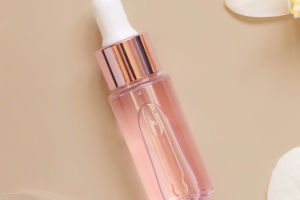Indoor potted plants serve as a small-scale connection between nature and humans. They not only add to the beauty of green life but also help alleviate stress and promote physical health, allowing us to experience joy and comfort amidst our busy lives.
This article will guide you on how to properly maintain your plants and create a harmonious ecological environment.
Indoor potted plants require suitable growing conditions to thrive, with temperature, ventilation, and light being the primary factors affecting their growth. We need to carefully manage these aspects to ensure plants grow in the most comfortable environment.
Firstly, temperature control indoors is crucial. Most potted plants prefer a warm but not overly hot environment, although some may thrive in cooler conditions. Generally, indoor air temperature should be between 15°C and 28°C, which can be maintained using air conditioning or heaters. Additionally, avoid placing leftover food near pots or plant stands to prevent unpleasant odors.
Secondly, ventilation is also a key factor. Good ventilation allows plants to absorb the necessary carbon dioxide and reduces the risk of plant diseases and pests. However, indoor potted plants are susceptible to adverse weather factors such as cold drafts and dryness. It is important to manage ventilation frequency and duration to avoid harming the plants.
Lastly, light conditions are essential. Most plants require ample light for photosynthesis to meet their energy needs. Try to place potted plants in well-lit areas and balance between direct sunlight and shade. For plants that require minimal sunlight, choose suitable locations such as the shaded side of windows.
Each plant species has its own unique needs regarding drought tolerance and water retention. Generally, plants with a dense foliage canopy need higher humidity and fertilizer to maintain healthy growth, while succulents require less water and fertilizer.
For indoor potted plants, avoid overwatering and ensure water reaches the soil. Check soil moisture by touching the surface; water when the top layer is slightly dry. Avoid excessive watering at once as it can lead to waterlogging and root rot.
Additionally, develop a reasonable fertilization plan based on the plant's needs. For plants that prefer abundant moisture, use a water-soluble fertilizer with a nitrogen-phosphorus-potassium ratio of 1:1:1 every two to three weeks. Avoid high concentrations and excessive application. The main purpose is to provide sufficient nutrients to promote plant growth. For shrubs, use potassium dihydrogen phosphate to encourage flower bud development and enhance foliage.
With scientific care, we can ensure these green lives thrive in our homes, becoming a part of our lives and bringing natural gifts and calmness. We hope these tips help you create a vibrant indoor garden where every plant flourishes under your meticulous care.


